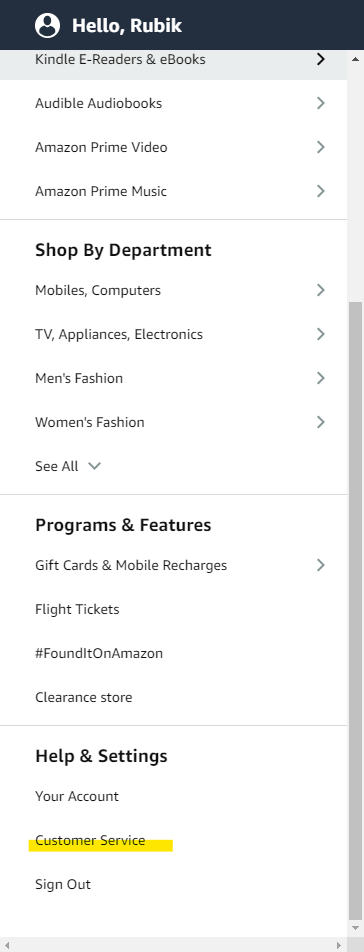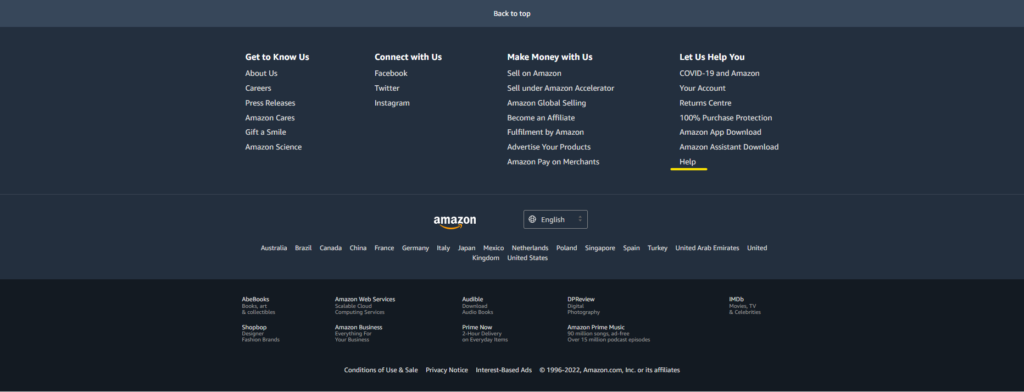You’ve heard it, or likely seen it in an article or on a cover of a web design magazine. Or if you happen to spend your time within the halls of Ad Land today. There’s a curious thing about these halls. Every now and then they echo with certain catch phrases that seem to keep coming back to you. For an industry devoted to creating new fads, it is also very susceptible to them as well. Is UX one of these fads, and why is it so popular in Ad Land these days? Everyone seems to be talking about the User Experience – UX. You can’t quite help not running into it if you are in any way connected to the world of designing things for the web today.
Contrary to what you may think because of its recent time in the limelight, there is nothing new about User Experience design (UX), Design Thinking or Customer Experience design (CX). These are not concepts that sprung out of the blue in 2016 or 2017. Yet these are the three things that are likely heard whispered with baited breaths in boardrooms and around the water coolers of Ad Land.
As a budding digital copywriter who started his digital craft after the turn of the century, I found there were few places where one could learn about designing better sites. This was before online courses were so accessible and affordable. That’s when I first stumbled upon the likes of Jaccob Nielsen and heard of Dan Norman. Books like ‘Don’t Make me Think’ and ‘The Design of Sites’ were my first reference points in the early days of my career. It was within these tenets that I came across the basis of what we talk about usability and all that makes for a better UX in design today.
But perhaps things have changed I thought. Digital after all is constantly evolving and changing. To put this to the test I enrolled myself in a UX course on Usability and another on Design Thinking by the Interaction Design Foundation in Denmark. What I’ve discovered so far was a lot of the old combined with some of the new. It’s true that UX and Design Thinking by the likes of companies such as IDEO, (who designed one of the first Apple products) didn’t spring up overnight and rather the product of the nineties. But it is also true that their work has paved the way for more research in the field. The rise of mobile as an evolved medium has also re-written some of the rules of old. So while we are evolving the field, why is there so much hype and buzz about the field today?
The state of UX today
UX as it is practiced today blends theory steeped in user psychology and design patterns with practical experience learnt from designing sites. Experience that has been forged from the mistakes of sites that just don’t work and the victory case studies of those who have become household success stories. UX as bandied about by Ad Agencies combines usability guidelines with research testing of prototypes and garnering opinions from end users before stepping into full-fledged production. It provides existing designers with an existing palette of principles and options for rapid prototyping and iterating that build on the agency’s existing build credentials.
Are UX evangelists gold diggers?
The reason why UX is so popular today perhaps is the money angle. UX promises to become a new revenue stream for agencies, especially those with established digital credentials. Digital is a highly competitive and evolving market. In a country like Singapore where overheads are high and margins Low, UX is another line item for agency account managers to justify additional revenue for projects pitched. Developing markets however would be hard-pressed to get their clients to invest in UX when the focus is building and getting things out in the market as one offs as fast as and as cheap as possible.
How and why would this work? Look under the hood and you realize that most agencies operate really slim teams which are biased towards design and are frugal on the development side for good reason. Agency more oft than not outsource to develop their website projects since it’s just too expensive to have their own in-house specialized teams. This is because websites often need multiple coding skill sets. The full-stack developer who knows a bit of everything, much craved for, is often a jack of all trades a master of none. A typical website today requires multiple specialists and a jack of all trades or two. Typically a designer, a copywriter, an information architect or UX specialist, a HTML / CSS coder, a PHP developer if it’s on WordPress, and then their might be a need for scripting languages for custom functions, API implementations or getting off-the-shelf functionalities to work together and a project manager to keep track of all the moving parts. That’s a lot of people and for just one project. While some of these functions are the core to every digital build, others are not. Instead of having under-utilized resources, agencies therefore need to outsource these functions. What’s more having certain specialization in-house will mean an agency will favour and try to push certain technologies for projects, even if there were better and alternate ways to do it.
The undeniable paradox about UX
While agencies should have been using UX guidelines while designing sites till date in the background, the cost of the same was not necessarily passed off to the client. Today certain agencies of repute are able to bill up to 60% of their revenue from digital projects on UX research and testing. The spin being that the sites are now being designed in better ways. The reality is that while UX prevents common pitfalls and blind spots, it by no means guarantees a ground-breaking digital experience. History has taught us that the end customer is quick to tell us what they don’t like. What they can’t quite convey is what they really like or want. Take the case of the automobile, the famous quip is that if customers were asked for what they wanted they would have said faster horses, not a mechanical one that was the automobile. We have the likes of Benz and Ford to take that Creative leap to give us easy access to the car, which was by no means a result of profound UX theory. So what this means is that agencies are not only attempting to charge for a refined final product that they were going to deliver anyway, but earn a little more by charging premium for what essentially should be what is akin to a standardised manufacturing process.
The UX game plan
So how does one earn money from UX? It works something like this. Most of the UX work can be done in-house using existing resources or by supplementing with a freshly minted UX specialist. Most test groups are actually agency folk, so agencies don’t really need to fork out extra money on panels unless they explicitly hire a research agency and this is billed to the client on actuals, or a client provides access to a sample of their client base. The in-between is agencies using online UX testing tools that get user feedback similar to online research panels that answer surveys for rewards. This will use a website to test mocks and use eye tracking and voice recording to garner impressions about the projects. Yes there is a time cost in investing in UX, but shouldn’t the agency be doing it already you wonder. Truth is when it comes down to the line, on a shoestring budget, prior expertise is often a substitute for doing UX in an agency environment. Digital consultancies and IT firms on the other hand do not seem to suffer from this paradox. Probably because clients approach these companies with an altogether different mind-set as compared to signing up an agency for a UX project.
Why you really need to pay for your UX
Why are clients willing to pay for UX? After all when buying a website or an app from an agency as a client you expect it to work right out of the box when it is uploaded to your server the first time round. I mean you don’t walk out of a shop with a TV, toaster or laptop that kind of works do you? Well it’s partly the insurance mindset. UX research insulates rather than protects both the agency and the client from the effects of a bad build and the nasty shock of investing so much money in a project that doesn’t garner returns in terms of visits or user engagement. In the age of agile and scrum, UX is touted as an excuse to get the client to buy in into iterations, a license for products that don’t quite work as you expect when it’s rolled off the production line. After all we can iterate in the next round can’t we to get it right? UX is especially critical for large projects, which take a long time to roll out. So while you might skimp on UX for a microsite for a one off marketing promotion or event, when it comes to building a long term content or sampling platform and you are spending millions on rolling out the same across APAC or the globe, then you want to know that the agency has done its due diligence in testing the UX before it makes an expensive mistake in the build and offsets this cost to the client. It is because of this that clients are willing to fork out the dough to ensure that the proof is in the pudding and the fat is out of the frying pan.
Does size really matter when you are looking for UX advice?
UX is great then for the established digital agency. But what about the new comers? The large agencies trying to do the digital dance for the first time? The start-ups? The fledgling digital teams tucked away in little offices in obscure lanes hoping to make big bucks. The problem is that when these new agencies, Davids who take on the large agencies compete on price they absorb a lot of the UX cost. The result is that larger agencies are being undercut by boutique agencies. UX is often the first thing that is going to be asked to be slashed off from the bill to save costs when a large agency sits down with a client to negotiate the bill. But if it’s never on the bill, its a little value add that helps sell in a product. Not quite wool to pull over the client’s eyes but the icing on the cake. A reassurance that it has been test driven like a car is test driven before final delivery. After all our clients are more digitally savvy and often are migrating from existing platforms. No new babes here. They have a better idea of the kind of technical specifications and build features they require. They have come to expect the fluid and flawless user experiences that they are used to when they download a new app from an App Store of their choice. They have an idea of how much a build should cost and how to get it at the cheapest price. What’s more they may be aware that if the agency proposes to do a heuristic evaluation of the UX with trained talent, it may help in weed out at least 36% of the UX problems that a design may have, while throwing up some red herrings as well in the process. It takes a skilled agency that has build experience to guide the client to see wood from the trees.
Why UX is the best thing that happened to digital teams
It is nonetheless heartening that there are clients that are willing to invest in UX. This was unheard of in India just ten years ago. Not only are clients willing to pay premiums, more importantly they are providing for the time to prototype, to test and iterate mocks before a build hits a server. Agencies are also evolving from the three design mocks from pitch to production mentality. This shift in mind-set is perhaps the most critical thing that UX is indirectly contributing to the field of digital design today. It provides a breath of fresh air to internal digital teams who are always struggling against the clock, juggling multiple project elements, firefighting bug fixes and facing last minute design changes and fixes. A focus on UX will help agency teams build better, and hopefully suffer less angst from clients during the final launch phase by getting sign offs on proto-types and paper mocks and getting UX evaluators and focus group feedback early in the process. What’s more when UX is done right, we will definitely see the quality of the digital experiences rolled out to be better all around us in the years to come.









